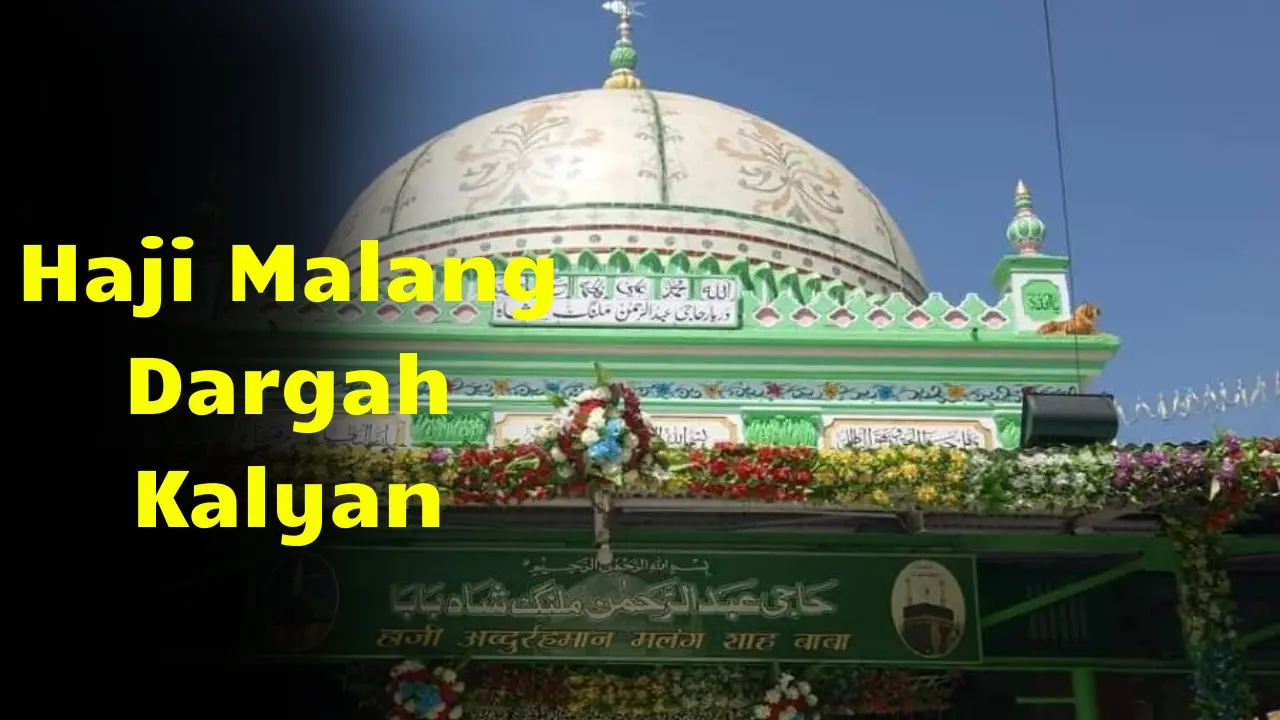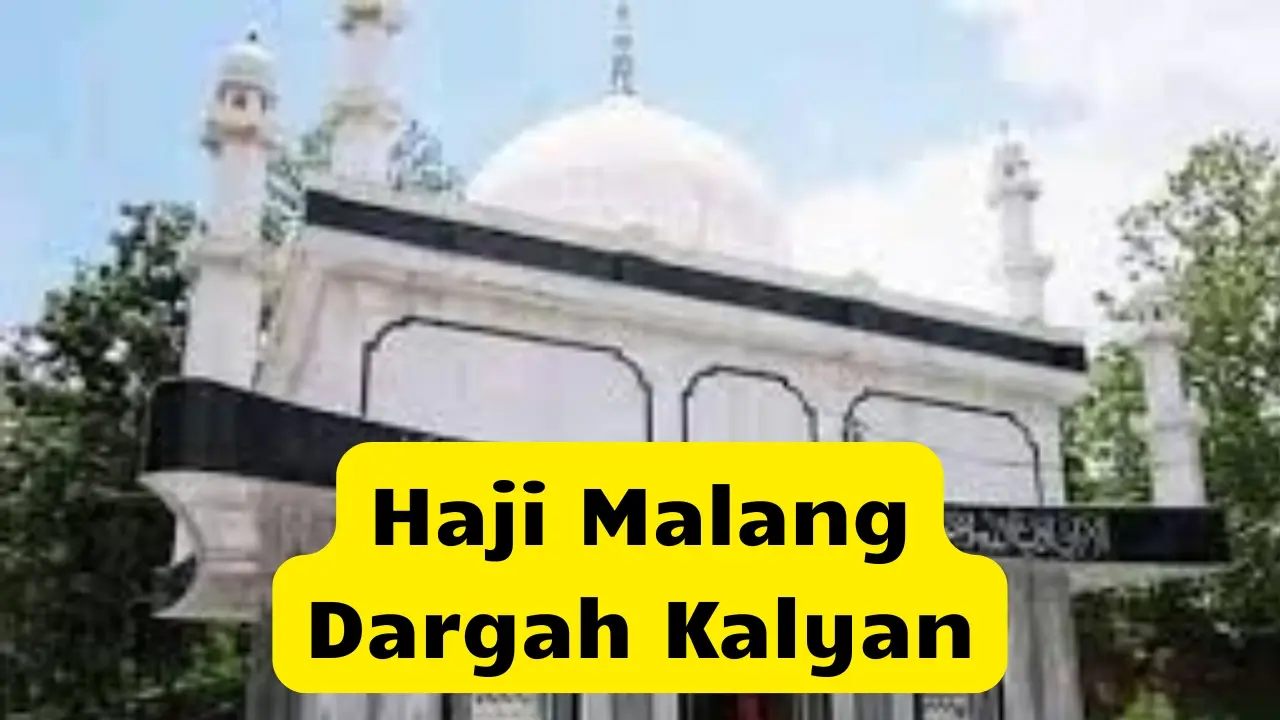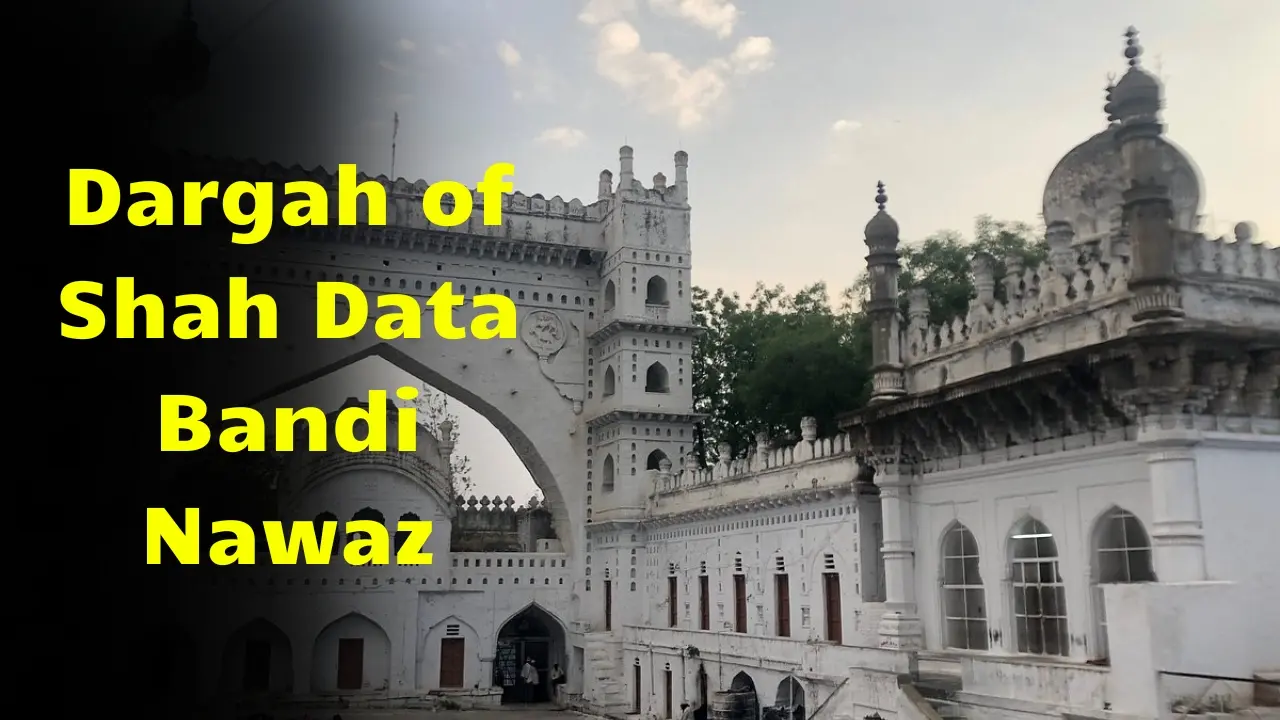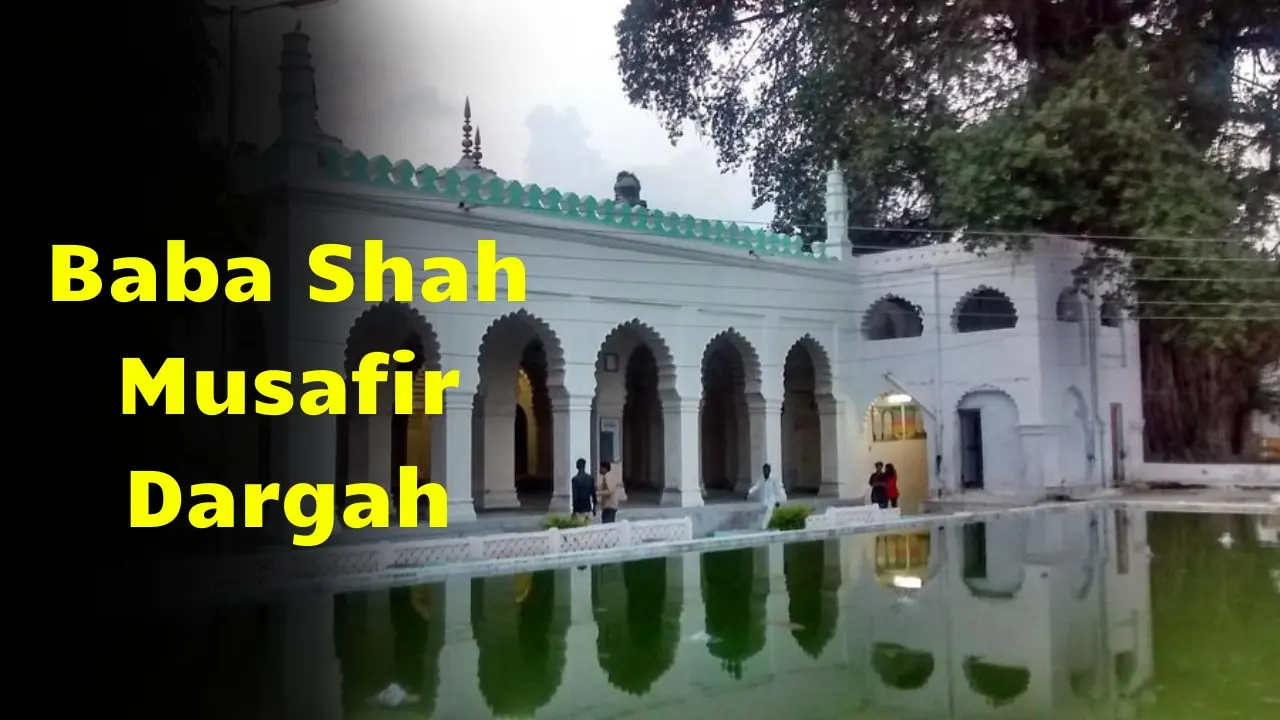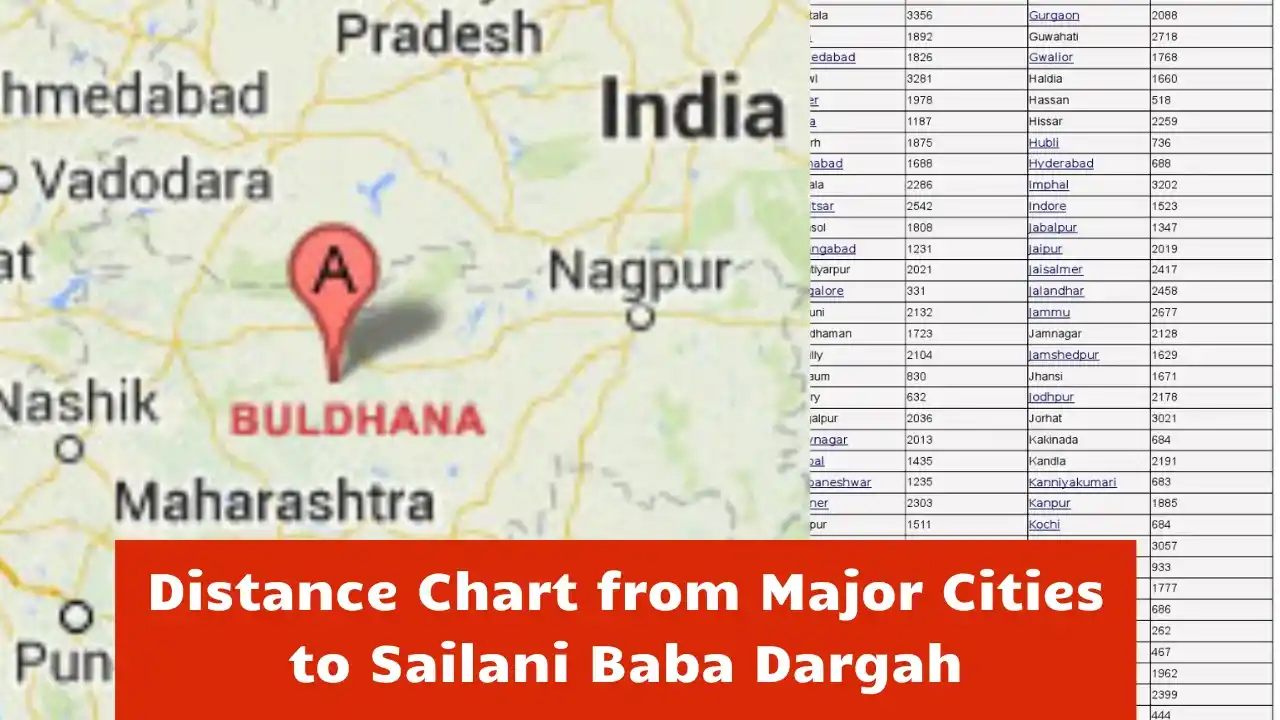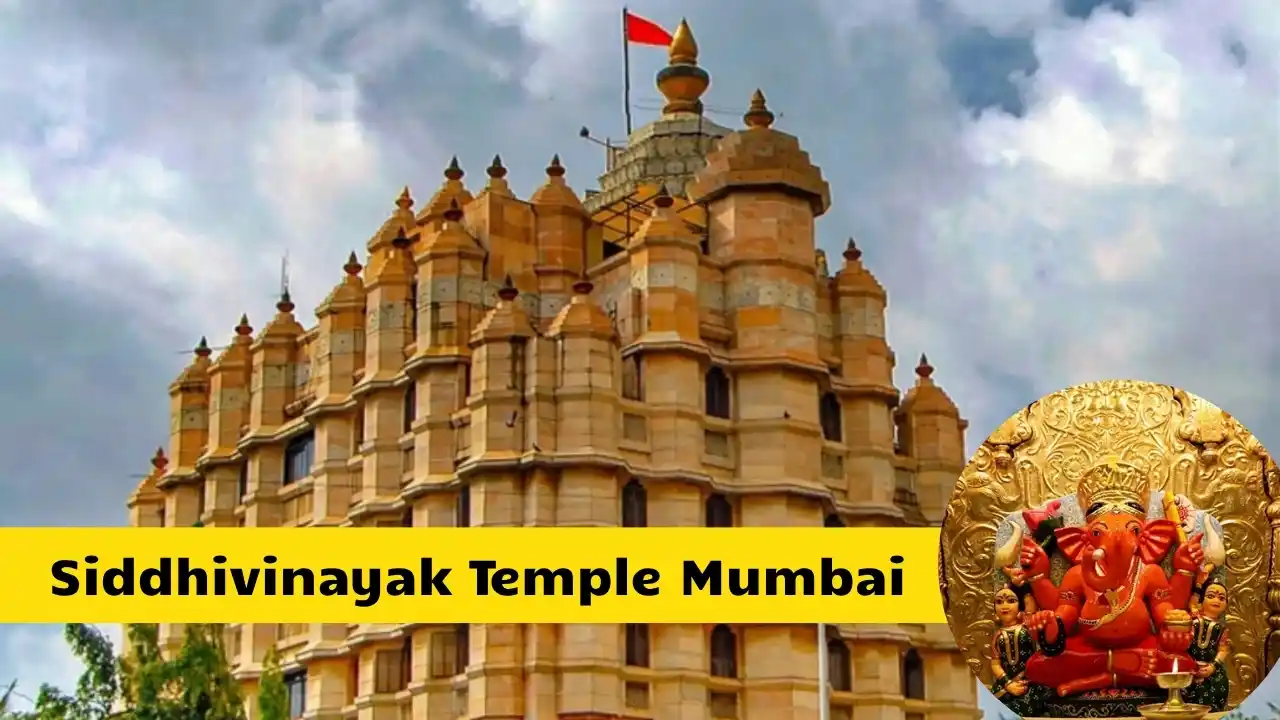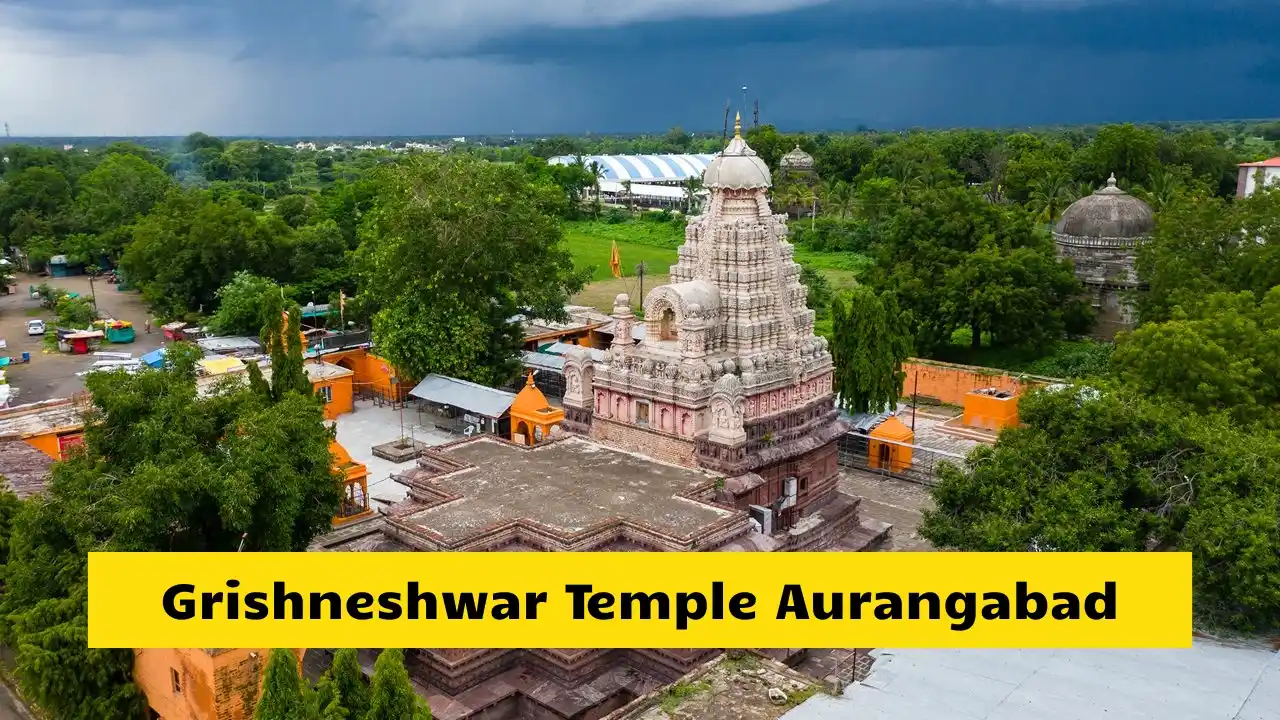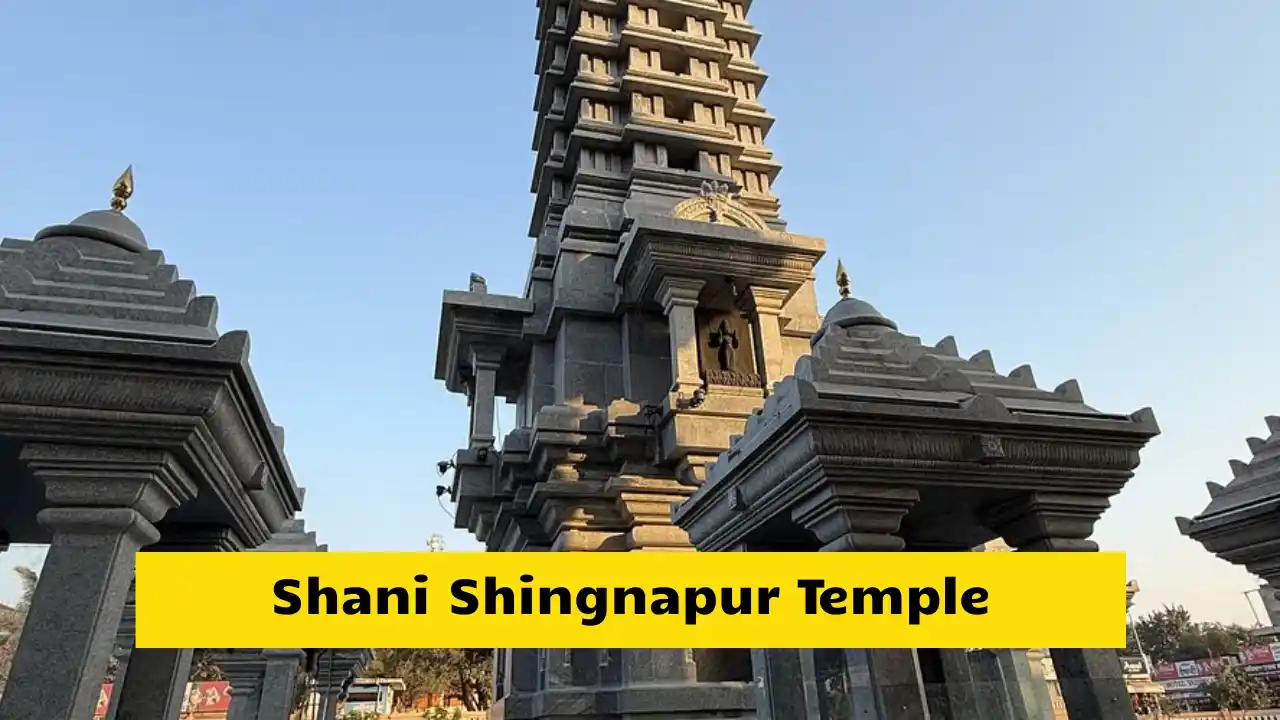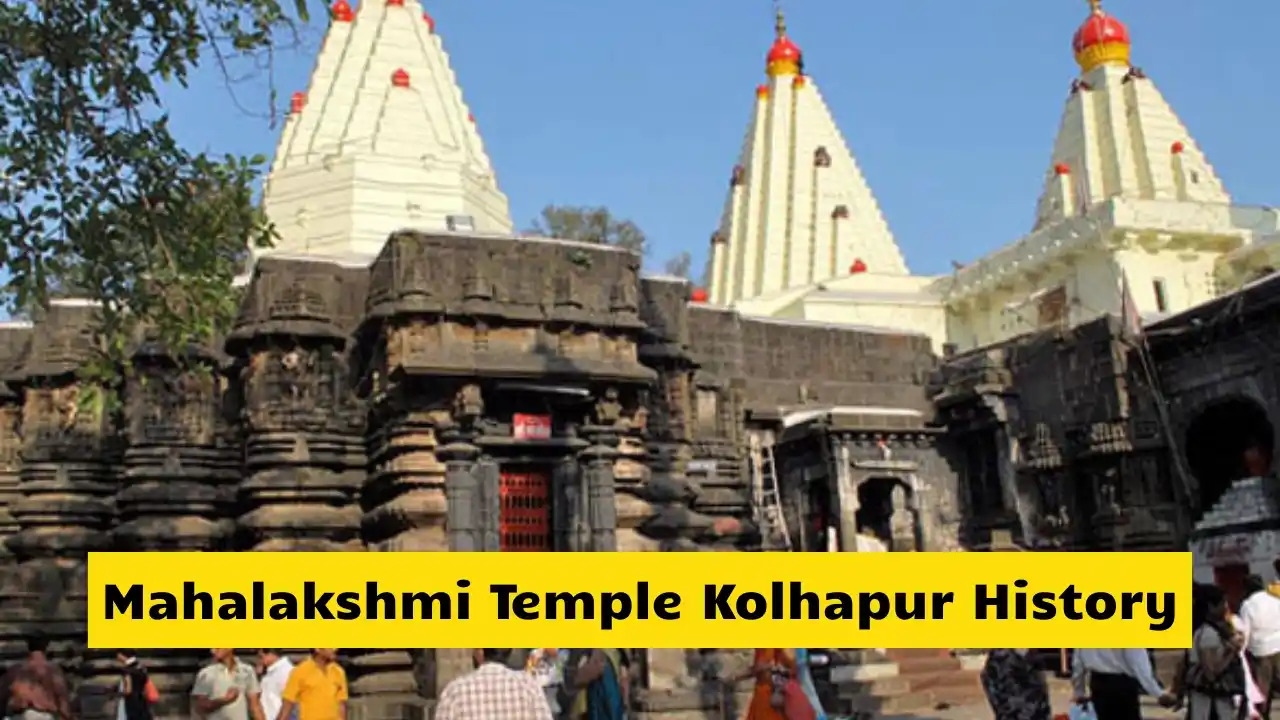Haji Malang Dargah, also known as Malang Gad Dargah, is one of the most unique and sacred hilltop shrines in India. Located near Kalyan in the Thane district of Maharashtra, the Dargah stands on the top of a mountain called Malang Gad Hill, about 2,600 feet above sea level. The shrine is dedicated to Hazrat Malik Syed Baba, popularly known as Haji Malang, a Sufi saint who is respected by people of all religions. The journey to the shrine itself is a spiritual experience, filled with scenic beauty, faith, and peace.
History of Haji Malang Baba
Haji Malang Baba came from Arabia many centuries ago and settled in this region to spread the message of love, unity, and service to humanity. According to local tradition, he was a great spiritual teacher who lived on the Malang hill and helped people find peace through prayer and meditation. After his death, his followers built this Dargah to preserve his memory. The shrine became an important center of devotion for both Muslims and Hindus, showing that faith has no boundaries. Over time, Haji Malang came to be known as a symbol of courage, sacrifice, and brotherhood.
Location and Setting
The Dargah is located about 15 kilometers from Kalyan and 60 kilometers from Mumbai. It is built on the slopes of the Sahyadri hills and can be reached after a long but scenic trek. The path to the Dargah passes through small villages, green forests, and stone steps cut into the mountain. From the top, visitors can see breathtaking views of plains, valleys, and nearby hills. The calm mountain air and the sight of devotees climbing with faith make the journey inspiring for every visitor.
Structure and Architecture
The Dargah of Haji Malang combines simple design with deep spiritual meaning. The main tomb is made of stone and covered with white and green fabric. The outer walls are plain but strong, reflecting the mountain’s natural beauty. Lamps and candles are lit every evening, giving the place a peaceful glow. Around the shrine are resting areas for devotees, small tea stalls, and shops selling flowers, chadars, and incense. The entire structure blends with the mountain, showing harmony between nature and faith.
The Three Levels of Malang Gad
Malang Gad Hill has three main levels, each with religious importance.
The first level is called Pir Machi, where small shops and resting points are found.
The second level is Sone Machi, known for its long rock formation that looks like a golden saddle.
The third level is Malang Gad Top, where the main Dargah of Haji Malang is located.
Climbing from the base to the top takes around two to three hours. Many devotees consider the climb itself as part of the prayer, symbolizing effort and devotion.
Religious Harmony at the Shrine
Haji Malang Dargah is known for its message of unity among religions. Both Hindus and Muslims visit the shrine together. Local villagers call the saint “Malang Baba” or “Mauli,” and they offer prayers in their own way. The Dargah also has a small temple near the entrance, showing mutual respect between communities. The annual festival brings together thousands of people from different backgrounds who pray, sing, and share food in peace.
Daily Prayers and Offerings
The Dargah opens early in the morning and remains open till sunset. Devotees start their climb before sunrise to reach the top for morning prayers. After reaching the shrine, they offer flowers, chadars, and incense to the saint. The caretaker reads prayers and blesses the visitors. Thursdays and Fridays are considered special days, attracting larger crowds. In the evening, the mountain glows with hundreds of lamps, and the sound of prayers fills the cool air.
Annual Urs Celebration
The Urs of Haji Malang Baba is celebrated every year in the Islamic month of Rabi-ul-Awwal. The festival lasts for about ten days and attracts lakhs of devotees from Maharashtra and neighboring states. The Dargah and the entire mountain are decorated with lights and flags. Special qawwalis, prayers, and langar are held day and night. The climb during Urs becomes a spiritual journey where people chant the saint’s name with devotion. The festival represents unity, brotherhood, and gratitude for the saint’s blessings.
Langar and Community Meals
A free langar or community kitchen runs during Urs and on special days. Volunteers prepare simple vegetarian food for all visitors, including rice, dal, and sweets. No one is turned away, and everyone eats together. This practice reflects the saint’s message that feeding the hungry is equal to worship. Devotees also distribute water and snacks along the trek route to help other travelers.
Trekking and Visitor Facilities
Visiting the Dargah requires a moderate trek of around 3 kilometers from the base village Malangwadi. The route has stone steps, handrails, and resting spots. Tea stalls and small shops sell refreshments along the way. For those unable to climb, local palanquins or doli services are available for hire. At the top, there are small resting shelters and guest rooms for visitors. During monsoon, the path becomes slippery, so devotees are advised to be careful and wear proper footwear.
Entry Rules and Dress Code
There is no entry fee for the Dargah. Visitors must remove footwear near the shrine and cover their heads with a scarf or cap. Modest dressing is expected for both men and women. Photography is allowed only outside the tomb area. Silence should be maintained inside the sanctum. Smoking and littering are strictly prohibited. Volunteers guide visitors throughout the route, especially during the Urs festival.
How to Reach Haji Malang Dargah
The nearest railway station is Kalyan Junction, which is well connected to Mumbai, Pune, and Nashik. From Kalyan, buses and shared jeeps are available to Malangwadi Village, the starting point of the climb. The nearest airport is Mumbai International Airport, about 70 kilometers away. Private vehicles and taxis can reach the base of the hill, but the last part must be done on foot.
Best Time to Visit
The best time to visit Haji Malang Dargah is from November to February, when the weather is cool and pleasant. During monsoon (June to September), the hill becomes green and beautiful, but the climb can be slippery. The Urs season is the most crowded but also the most spiritual. Early mornings and evenings are ideal for a calm and refreshing experience.
Legends and Miracles
Many legends are linked with Haji Malang Baba. One story says that he performed miracles to help the poor and cure the sick. Another legend tells that he fought against injustice and protected the people of the region. Devotees believe that prayers made at his Dargah never go unanswered. People visit to seek blessings for health, happiness, and success, and many return each year to offer thanks.
Importance of the Dargah
Haji Malang Dargah stands as a powerful symbol of Maharashtra’s spiritual diversity. It combines devotion, nature, and unity in one sacred space. The hilltop location reminds visitors that the path to God requires effort, patience, and faith. The Dargah continues to spread the saint’s message of peace and equality, bringing together people from every walk of life.
Visitor Tips
Start your climb early in the morning to avoid heat. Carry water, snacks, and a scarf for head covering. Wear comfortable shoes with good grip. Respect local customs and do not play loud music. Keep the mountain clean by avoiding plastic waste. During Urs, plan your visit in advance and stay hydrated throughout the climb.
Conclusion
Haji Malang Dargah in Kalyan is more than a shrine—it is a journey of faith. The trek up the hill, the sound of prayers, and the cool mountain air together create a feeling of peace and purity. Whether you visit for devotion or adventure, the Dargah leaves a lasting impression on every heart. Just like Ajmer Sharif, Nizamuddin, and Sailani Baba Dargah, Haji Malang Dargah stands as a shining symbol of Sufi spirituality that connects heaven and earth through love, faith, and service.
